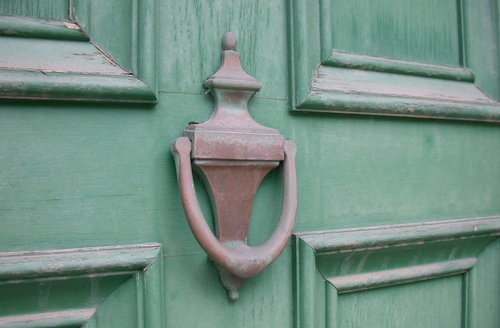Single family? Condo? 2,000-plus square feet? What defined the homes consumers bought this year?
For our latest story in our continuing series on NAR’s 2015 Profile of Home Buyers and Sellers, we’re taking a detailed look at the homes consumers purchased this year, and what the data tells us about both housing trends and shifting consumer preferences.
Here are the six big trends currently in play:
1. Single-Family Dominance – Once again, the single-family home was the prevailing choice among consumers, with 83 percent of homebuyers opting for such a property; that compared with just 7 percent of buyers for townhomes and 9 percent for condos. Even among first-time homebuyers, 80 percent went for a single-family home.
The one area where single family’s dominance was less pronounced was for single females and single males, where 72 and 73 percent, respectively, bought such a property; instead, 12 and 10 percent opted for townhomes, while 7 percent of both groups purchased condos.
2. New Home Stasis – Only 16 percent of homebuyers in 2015 purchased a new home, a share that has not changed since 2011. New home sales were most common in the South, where 24 percent of home sales were for new construction. By contrast, that share was only 7 and 8 percent in Northeast and Midwest.
Value, NAR’s profile found, was the main reason why consumers bought existing homes. Thirty-two percent of buyers cited the better price of existing homes, while 29 percent cited their better overall value. Interestingly, 9 percent pointed to the lack of inventory for new homes.
3. Suburban Living – Given how prominent single-family homes remain, it is unsurprising that 52 percent of all 2015 home sales took place in the suburbs, with another 20 percent based in small towns. Fourteen percent, meanwhile, were in urban areas, 13 percent in a rural area and 2 percent in a resort community. NAR also found a strong correlation between where consumers sold their homes and where they ultimately purchased them – of consumers who sold a suburban home, 35 percent purchased another suburban property, by far the highest share of all residential areas (by comparison, small towns and urban areas were at just 7 and 6 percent, respectively).
4. Quality Over Quantity – Among the many reasons that homebuyers chose the community where they purchased their property, the neighborhood’s quality was the most common, with 59 percent of buyers citing that reason. Convenience to work was the second most common reason at 44 percent, followed by affordability at 38 percent, convenience to family/friends at 35 percent and neighborhood design (likely walkability) at 26 percent.
NAR surveyed homebuyers on different residential areas, and the profile’s results differed in fascinating ways when neighborhood preference was broken down along those lines. For instance, quality of schools are important to 30 percent of suburban homebuyers, but only 16 percent of urban buyers; 49 percent of rural buyers valued the availability of larger lots, compared to 16 percent of small town buyers; and convenience to entertainment was important for 32 percent of urban buyers and 36 percent of rural buyers, compared to 20 percent for small-town buyers and 22 percent for suburban buyers.
5. The Price is Right – The median price for home purchases in 2015 was $220,000, though NAR’s survey revealed a wide range of possibilities. Forty-three percent of home purchases, for instance, were for those priced $199,999 and cheaper, while the remaining 57 percent were for homes $200,000 and above. The most popular price bracket was $200,000 to $249,999, where 15 percent of sales occurred, while 10 percent of sales were for homes $500,000 and above.
On an encouraging note, the median purchase price as a share of the asking price was 98 percent, and for 62 percent of homebuyers, they paid between 95 and 100 percent of the asking price (10 percent paid more than the asking price, though such transactions were heavily concentrated in the West).
6. Super-Sized Homes – Finally, the median square footage of homes purchased rose in 2015, rising from 1,870 square feet to 1,900 square feet. Only 13 percent of buyers purchased a home that was 1,500 square feet or less, while 60 percent bought homes of at least 2,001 square feet.
Unsurprisingly, married couples were more likely to buy large homes than any other group, with 41 percent purchasing residences of 2,501 square feet or larger. For single males and females, by comparison, 23 and 24 percent, respectively, bought homes between 1,001 and 1,500 square feet. Interestingly, single females were more likely to buy larger homes, with 24 percent opting for a property between 2,001 and 2,500 square feet (compared to single males’ 19 percent).

